“Environmentalism is an idea as well as a tool for moral coercion.”
“Fossil fuels are the most shameless harm human beings have inflicted on this planet.”
“Compared to generative art, inscription on Bitcoin are just small scratches.”
(— Excerpt from the words spoken by artists during platform controversies)
Just on the day before yesterday, a group of avant-garde Western generative artists engaged in a fierce debate on Fxhash. It all started with HAL, a mainstream generative artist from France. Following the footsteps of Shaun, a rising Asian artist from Singapore, HAL became one of the first to release his own code-generated artwork on the Bitcoin public chain. 2100 pieces of HAL’s work, named HALO, like Shaun’s work BOB, was sold out in less than an hour.

Up to this day, Bitcoin remains a symbol of high energy consumption in the eyes of some Western artists, therefore encountering resistance.
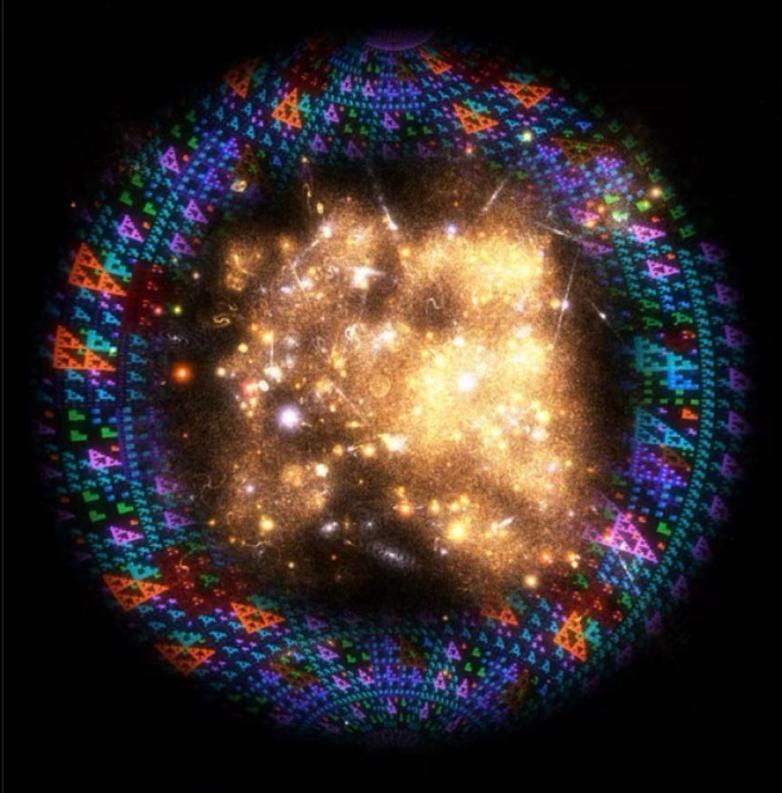
HALO
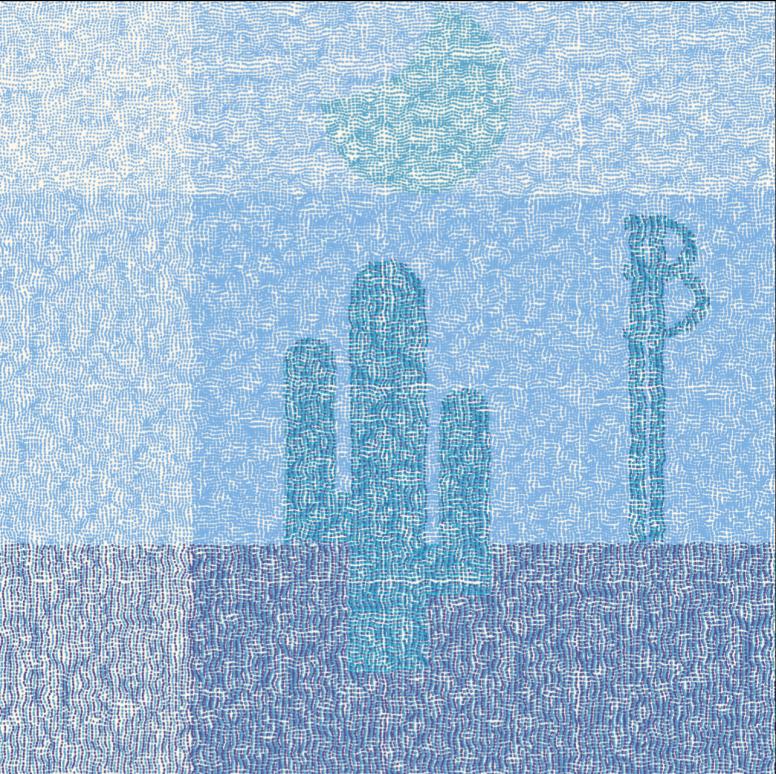
BOB
When this report is being written, Shaun, one of the founders of Genify, was interviewed at a café near the Singapore airport.
Let’s start with the environmental controversy, the controversy did not start with Shaun but with HAL. Unlike Shaun, who is of Asian descent, HAL is a mainstream generative artist from France. His direct involvement in this wave of building the Bitcoin ecosystem with Shaun created a sensation in the traditional generative art community. The move resulted in an uproar in traditional generative art circles, because up till now generative artists mainly operated on platforms such as Artblocks, Genify, and FX(hash) (currently mainstream on-chain art trading platforms).
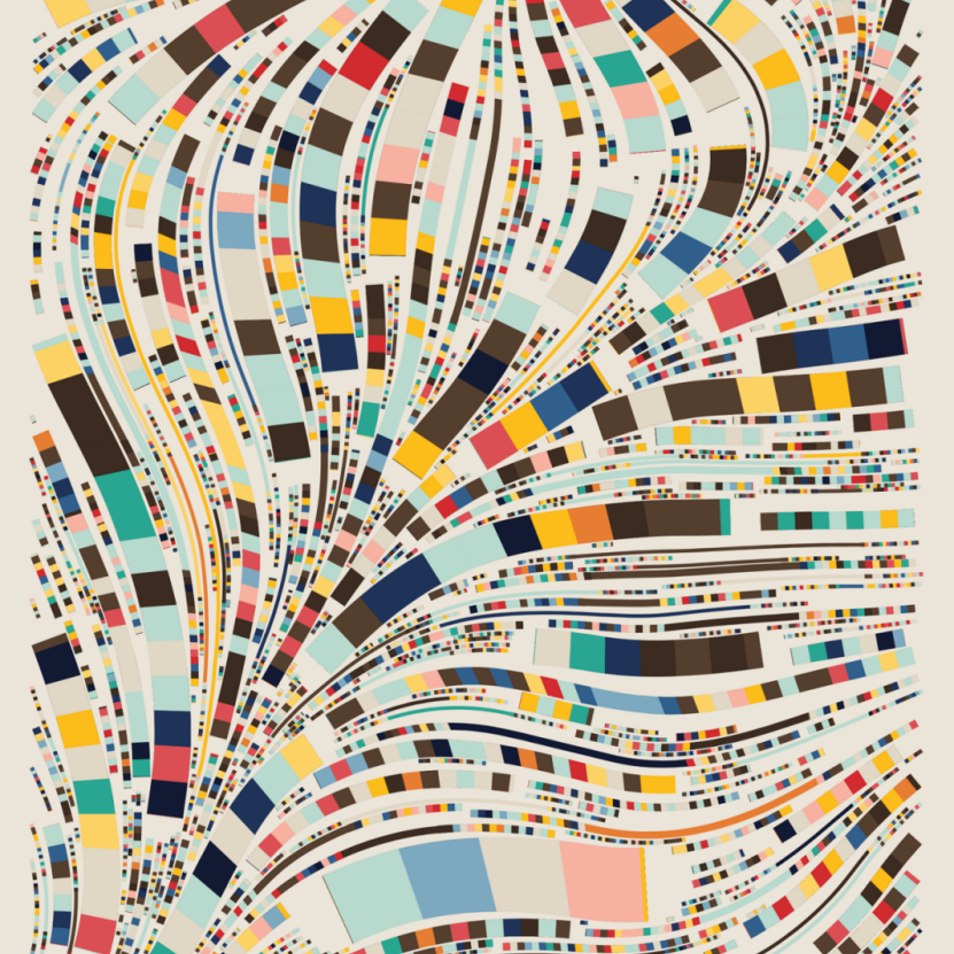
In 2023, with the rapid development of the Bitcoin ecosystem, Genify, taking advantage of the benefits of code-generated art, released its own genesis Bitcoin chain generative art on the BRC20. Both Shaun and HAL became early artists on the platform to release works on Bitcoin. In the eyes of environmentally conscious Western artists, this was seen as “universal violation”.
Traditionally, Bitcoin is considered a high-energy consumption activity, and environmental friendliness was a consensus among generative artists. They used to release their works on the Tezos public chain, which was the world’s first to adopt a POS consensus mechanism. At that time, Tezos emphasized on-chain governance and POS consensus, highlighting its eco-friendly nature. Releasing works on Bitcoin contradicts this well-established consensus on environmental sustainability.

Many people are not familiar with Tezos. It was the world’s first public blockchain to adopt a POS (Proof of Stake) consensus mechanism. At that time, its main concepts were on-chain governance and POS consensus, emphasizing the eco-friendly nature of POS. Although these concepts have become outdated in the world of blockchain over time and are no longer widely acknowledged, non-blockchain professionals, especially artists, may not have a clear understanding of these concepts. When terms like blockchain and environmental protection came together, artists firmly believe that the sale of artistic works must be built on an environmentally friendly foundation. This belief
Just like Bitcoin, which has been controversial since its inception and has continued to grow, its market value has reached $860 billion as of now. Bitcoin is hailed as digital gold, and generative art is like artwork embedded in this gold. Shaun, the founder of the Genify platform, expressed this sentiment.
Shaun’s background is quite legendary. He is a consistently successful entrepreneur, having served as the technical lead for another well-known public blockchain. Additionally, he is the author of the inaugural generative art, BOB, in the Bitcoin ecosystem. Shaun is known for his reserved nature, limited social interactions, and occasional uneasiness in communication with others. However, whenever the topic of generative art comes up, his eyes light up, and he passionately recounts the developmental history of generative art, sprinkled with a plethora of complex and specialized English terms. According to Shaun, understanding this ongoing debate requires delving into the history of on-chain generative art.
(Shaun Narration) In early 2021, South American artist Rafael Lima released a smart contract on the Tezos blockchain, known as HicetNunc, abbreviated as HEN. It’s a very niche website, and as of today, I estimate that there are not many people in the cryptocurrency community who have heard of it. However, this niche platform is the true birthplace of digital art. HEN turned Tezos into a paradise for artists, providing an experience akin to shopping at a rural market. Renowned artists like Shvembldr, Mattdesl, zancan, yazid, among others, emerged from this platform. Subsequently, it laid the foundation for larger platforms such as fxhash and objkt, which further influenced platforms like Artblocks and Foundation.
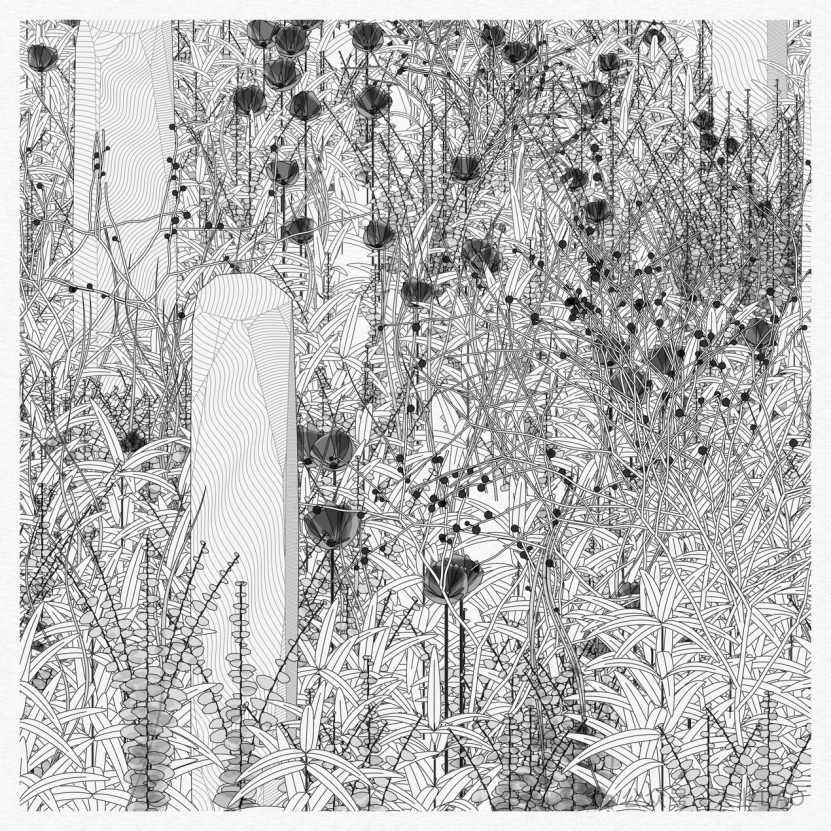
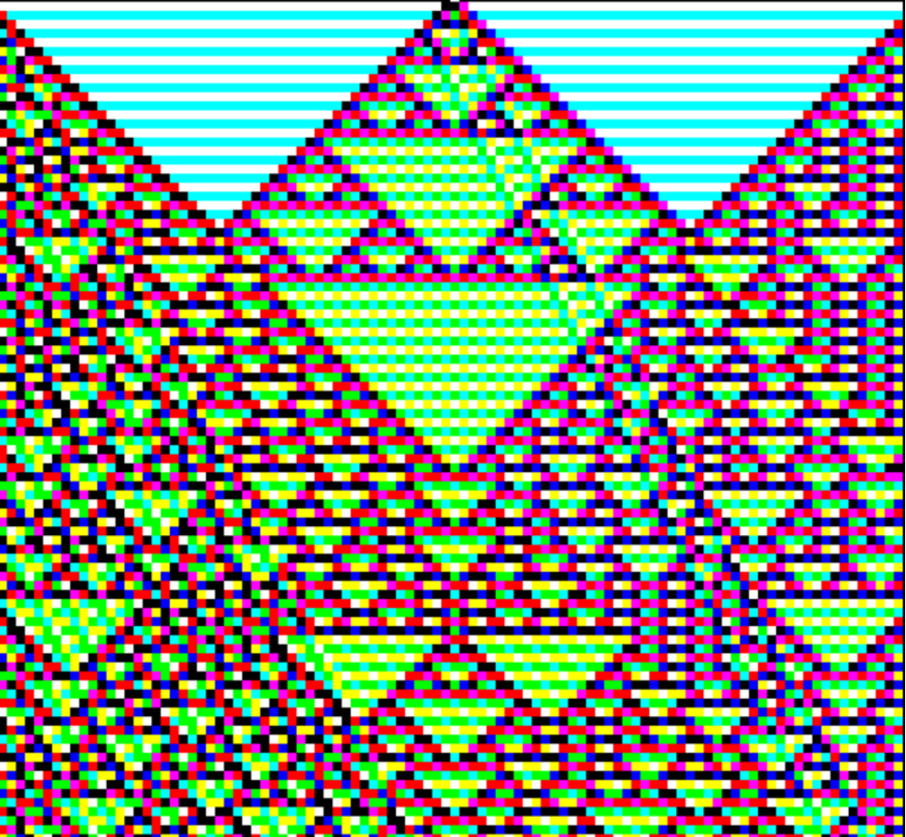
Up until now, the total market value of artworks on the Tezos blockchain should be close to or even surpassing the market value of Tezos itself. Many people purchased Tezos with the intention of acquiring artworks from their favorite artists. Let me share a story: During a Cverso exhibition in London, a zancan artwork was sold for approximately 60,000 XTZ. Many buyers from the traditional Web2 space established Tezos wallets on-site, purchased the artwork with XTZ, took home the printed version, and inadvertently left the NFT in the wallet.
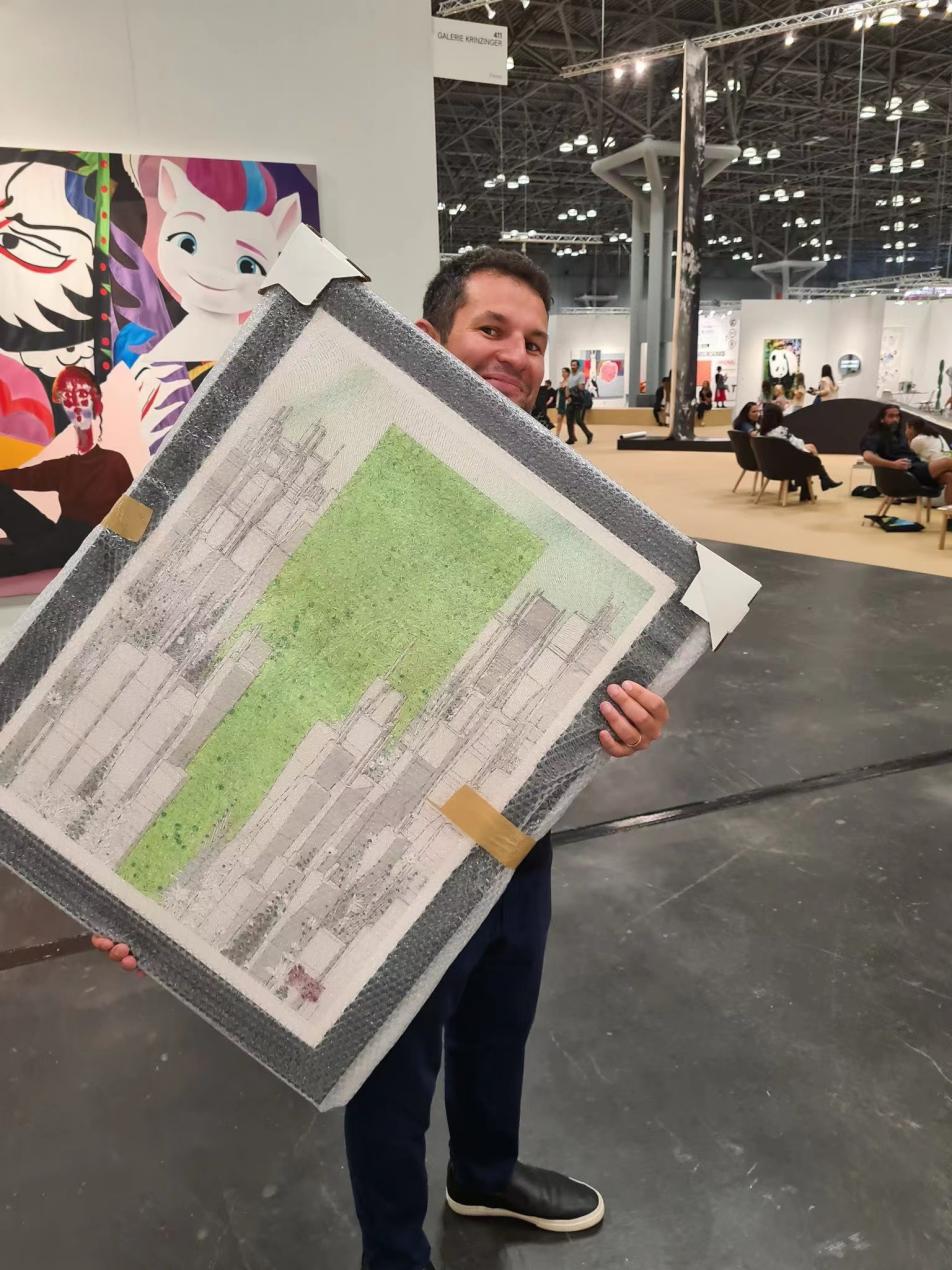
It can be said that artists have brought prosperity to Tezos.
However, from the perspective of blockchain technology, Tezos is an outdated Layer1 that is incompatible with EVM (Ethereum Virtual Machine), has an outdated architecture, and the foundation is considered inactive. Lima chose Tezos by chance. Then, Tezos brought numerous beautiful artworks to its ecosystem. Today, the most promising and technologically advanced Layer1 platforms are undoubtedly Bitcoin and Ethereum. However, Ethereum transitioned to a Proof-of-Stake (POS) mechanism in 2023, and environmental concerns about Ethereum are no longer a major topic to discuss.
HAL faced with criticism of Bitcoin’s environmental impact, he openly expresses his views. HAL believes that Bitcoin no longer relies on traditional energy sources for mining. In comparison to traditional energy, nuclear and solar energy are now mainstream providers of computational power. In his opinion, the previous online art platforms on different blockchains will become obsolete, and creating art on the Bitcoin network will be the true future mainnet.
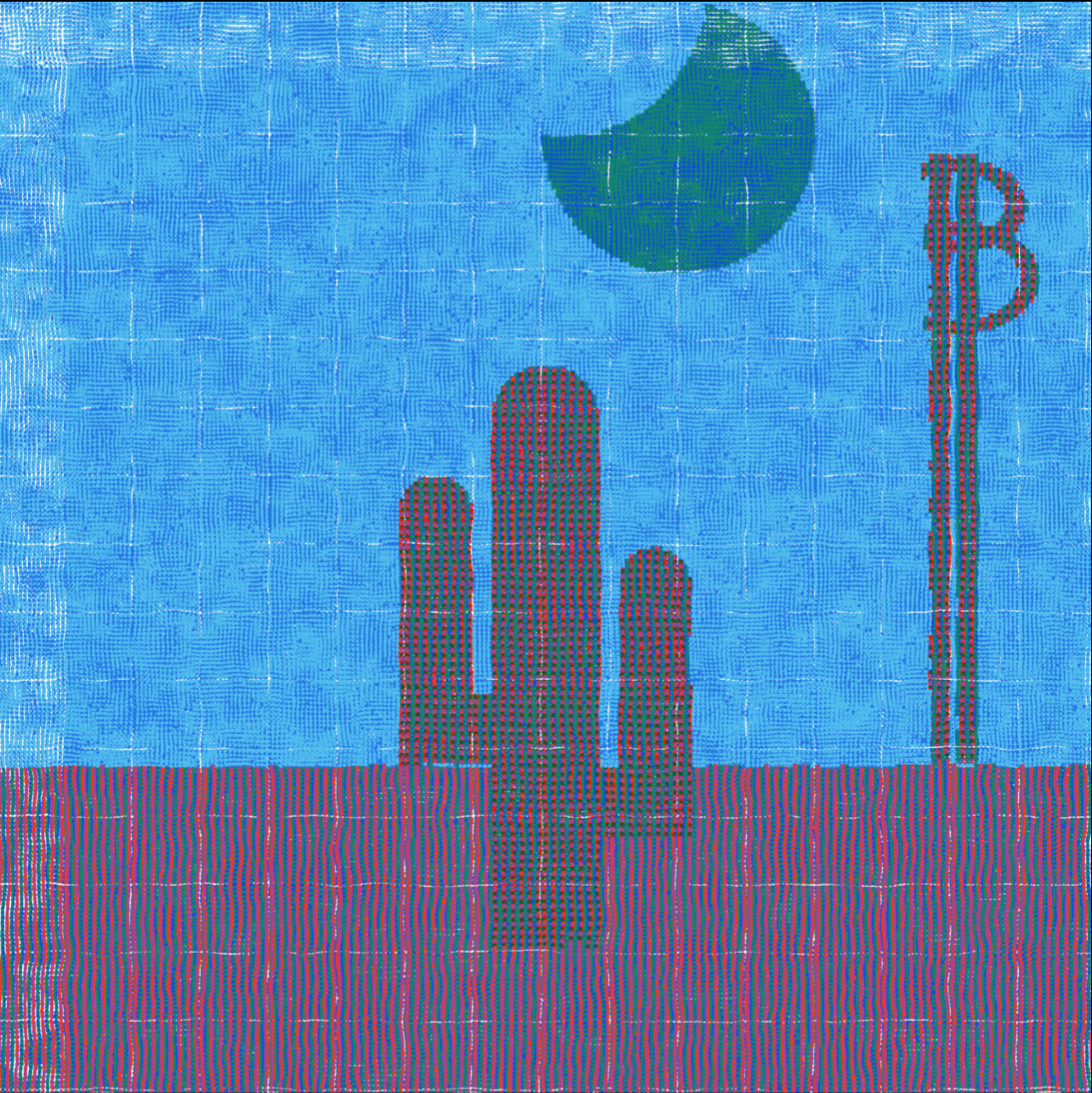
The controversy surrounding the creation of art on Bitcoin has yet to reach a conclusive resolution. However, much like the beauty presented by code-generated art, which is hard to describe in words, the future of generative art is poised to provide solutions for the harmonious coexistence of humans and AI.
“Nobody is saying AI is not environmentally friendly now. AI also relies on powerful computing power and requires significant energy consumption,” Shaun said as a nearby airplane was taking off from the airport. He looked up at the plane slowly flying away…
The difference between artists and ordinary people is that artists often gaze at the stars.